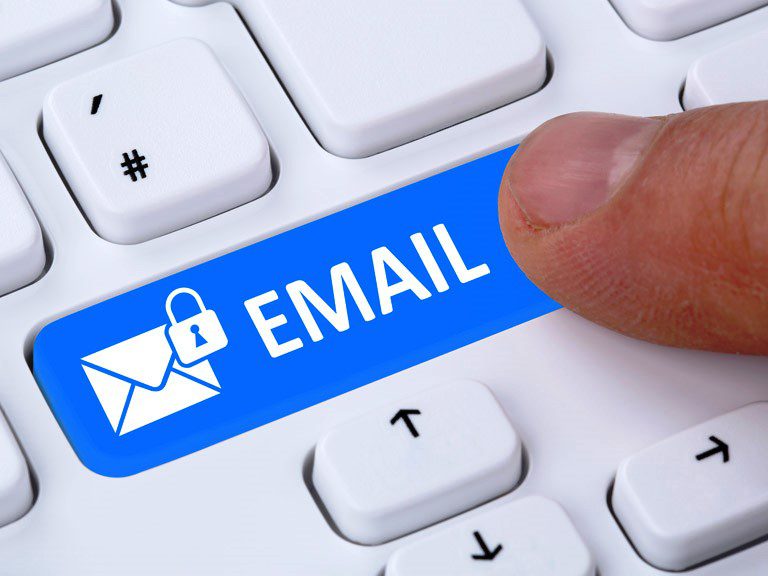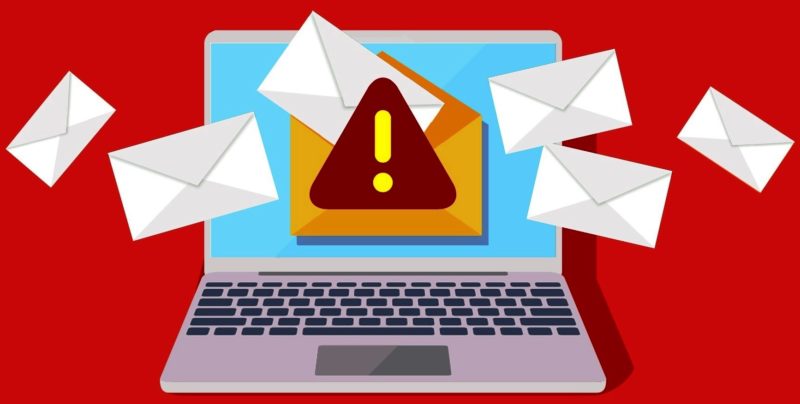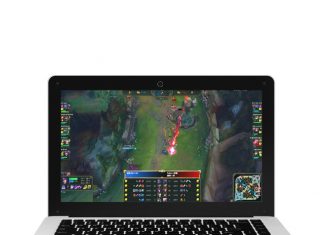While it’s handy being able to use technology for more and more things these days, including working from home, along with this rise in tech comes a boom in hackers, too.
Cybercriminals seem to be out in force more than ever, and keep coming up with increasingly sophisticated ways to break into networks, crash systems, steal data, and lock users out. This situation is true when it comes to email accounts, too.
(Guide) How to Keep Your Email Account Safe from Hackers
As such, we all must take steps to protect our messages from being read or commandeered by anyone we don’t want to give access to. There are various things you can do today to stay safer.
Ensure Your Network is Secure –
Keep hackers at bay and out of your emails by ensuring your computers are as safe as possible from prying eyes. Install comprehensive software that gives you a secure network at home, covering you against all types of threats, such as spyware, viruses, spam, ransomware, and other malware.
Look for a product that gives you privacy protection when browsing online, that blocks harmful websites, and provides real-time threat alerts. The security software should protect you from applications devised to steal data, as well as phishing emails.
Set Up Hard-to-Crack Passwords –
Another key tactic is setting up hard-to-crack passwords on a wide range of devices and logins. For example, use decent codes on your computers, tablets, and smartphones, on your Wi-Fi router, and on all the accounts you log into online, including your email. Try to use different passwords for different things, to increase protection. You don’t want to give cybercriminals any chance to break into one account, learn your login details, and then use this to break into your email.
Hacker-resistant passwords are a minimum of eight characters long and made up of a mixture of symbols, numbers, and letters (use both upper-case and lower-case options). Update your passwords every few months for additional security, and choose codes that don’t relate to any information about yourself or your family that you’ve posted publicly. For example, stay away from passwords based on the name of your loved ones, including pets, your favorite colors or lucky numbers, your address, nickname, phone number, etc.
Run the Latest Versions of Programs –
You’ll protect your email account from break-ins if you always run the latest version of all software programs. Developers release updates when they find and plug security gaps in their creations that open up over time and might be used by hackers to break in. If you’re not running new editions, you leave yourself more vulnerable to attack.
Keep an eye out for update alerts on your devices. These may come relating to security software, firewalls, operating systems, browsers, plugins, games, apps, software-as-a-source tools, and more. It’s a good idea to set up your computer to automatically install all new versions of programs as they become available. This way, you don’t have to do the task manually or run the risk of forgetting.
Don’t Login to Your Email Accounts on Public Wi-Fi –
One reason why some people end up with a compromised email account is that they log into their emails on unsecured public Wi-Fi systems that are compromised by cybercriminals. When you use open internet services, you don’t know who owns these systems or how they’ve got them set up. You also don’t know who has found a way to break into these systems to keep an eye on user activity.
As such, avoid using public Wi-Fi wherever possible. If you must use it while traveling, log out of your account before you step away from the computer. Try to cover the keyboard as you type in your login details in case there is a camera set up in the vicinity recording keystrokes.
Be Careful When Opening Emails –
Many hackers also break into email accounts by first sending victims malware-infected messages or communications that feature virus-ridden links or attachments. If you open or click on something you shouldn’t, you may give a cybercriminal entry. Avoid getting into this situation by examining the addresses emails are sent from before you open them. Never open attachments from people you don’t know or weren’t expecting to hear from, either.
Plus, be on the lookout for red flags in emails purporting to come from businesses and other organizations you deal with. For instance, notice inaccurate logos, requests to supply personal information and login details, strange message headers, and different language or tone than usual, amongst other things.
Conclusion:
Following the steps listed above can’t guarantee that you’ll never suffer from an email account hack, but doing these things does reduce your risk. Spending a little time now can help you avoid a world of frustration and wasted time later.










![MEIZU Pro 7 Review Smartphone [Buy Now at Discounted Offer Price from here] MEIZU Pro 7](https://www.techinpost.com/wp-content/uploads/2018/03/41D6uwrZMOL._SX425_-324x235.jpg)




